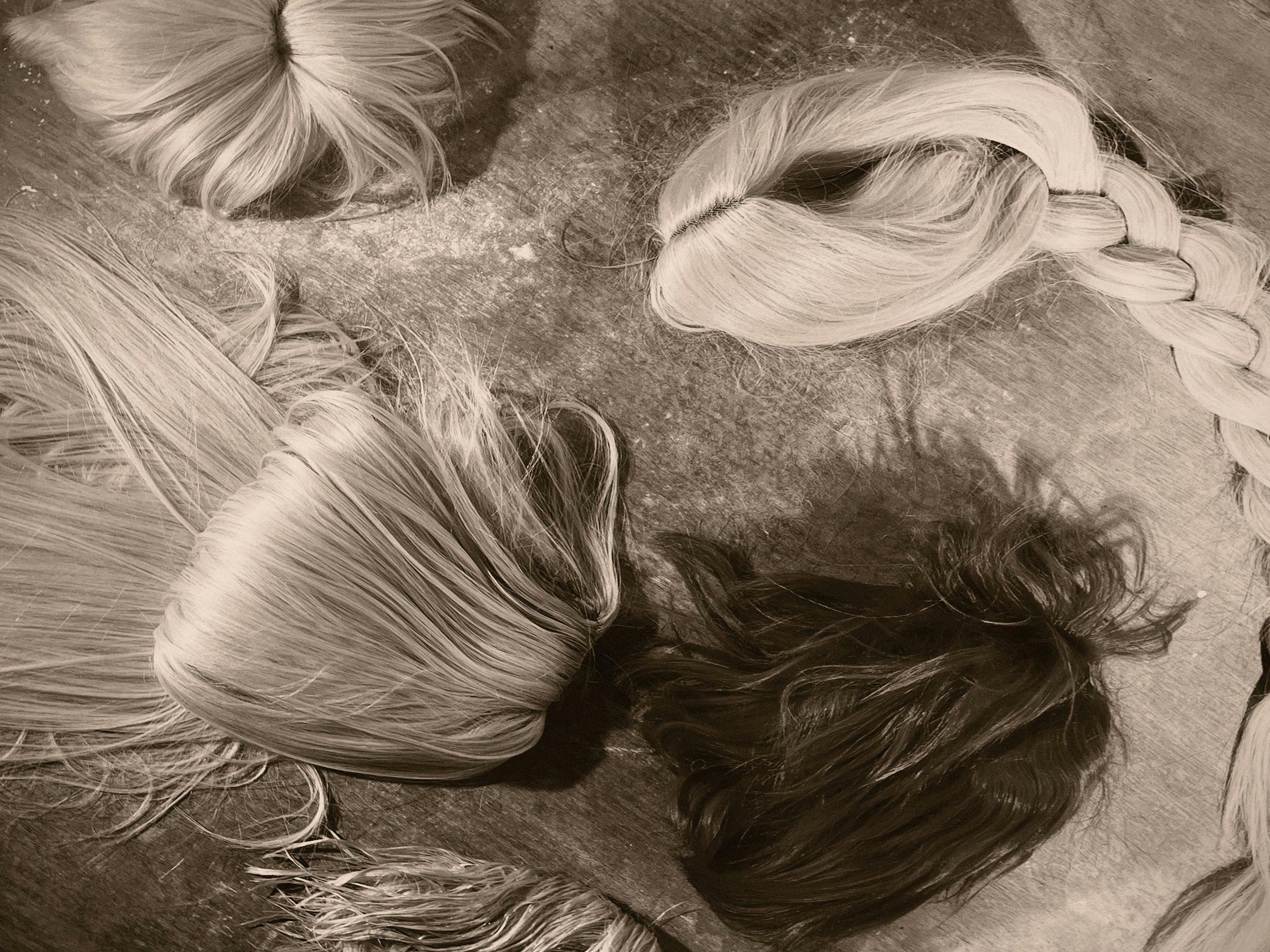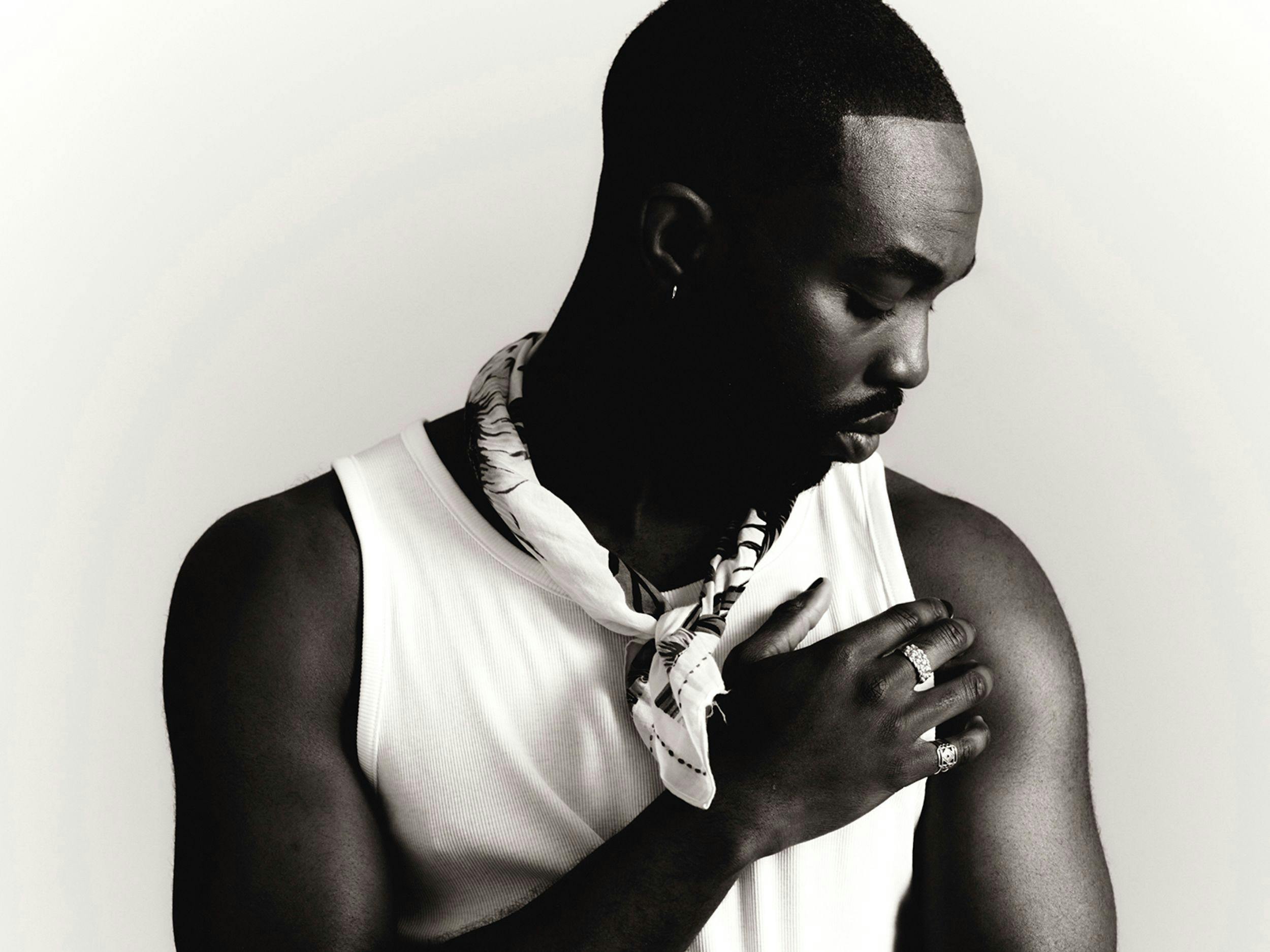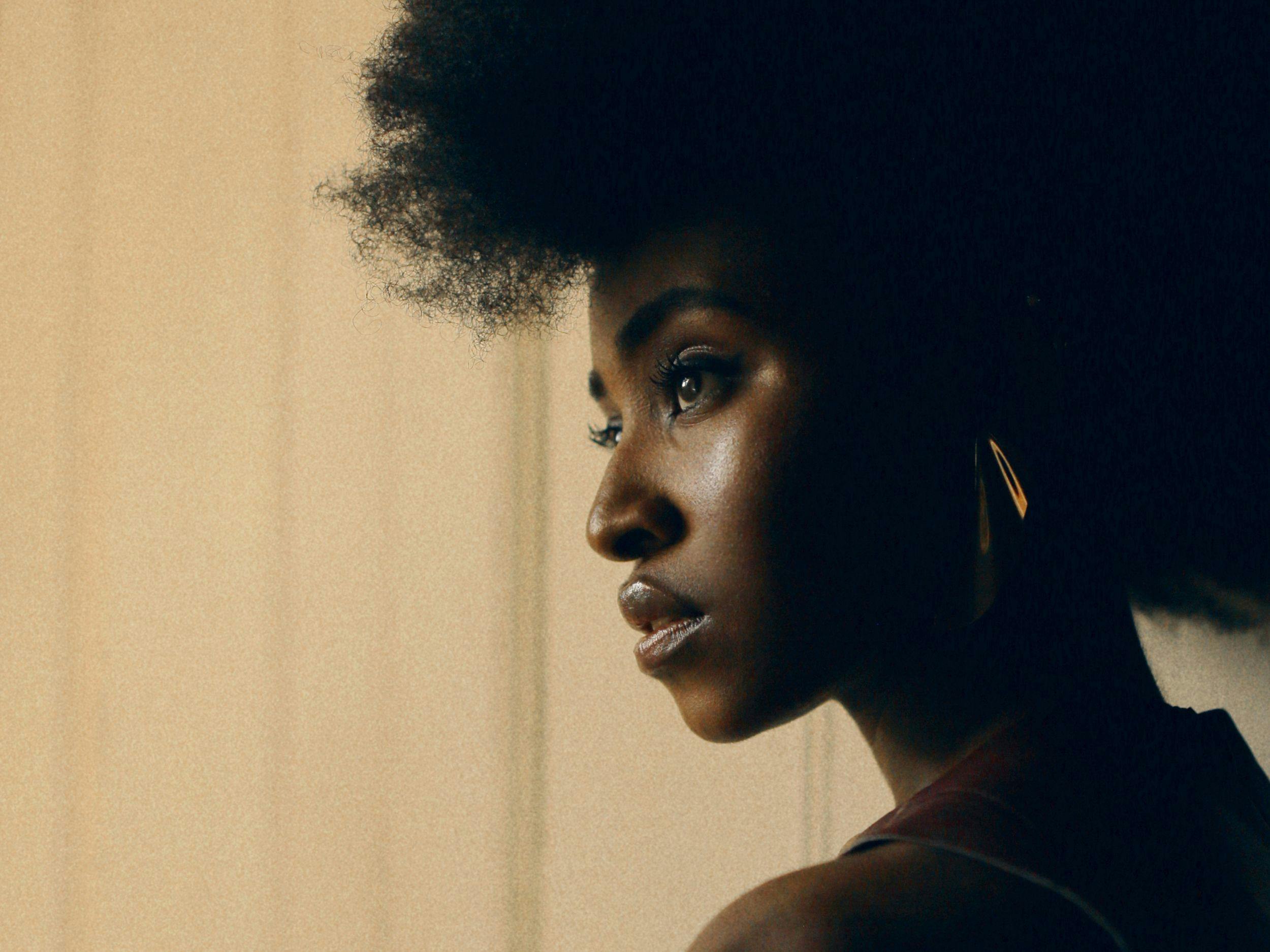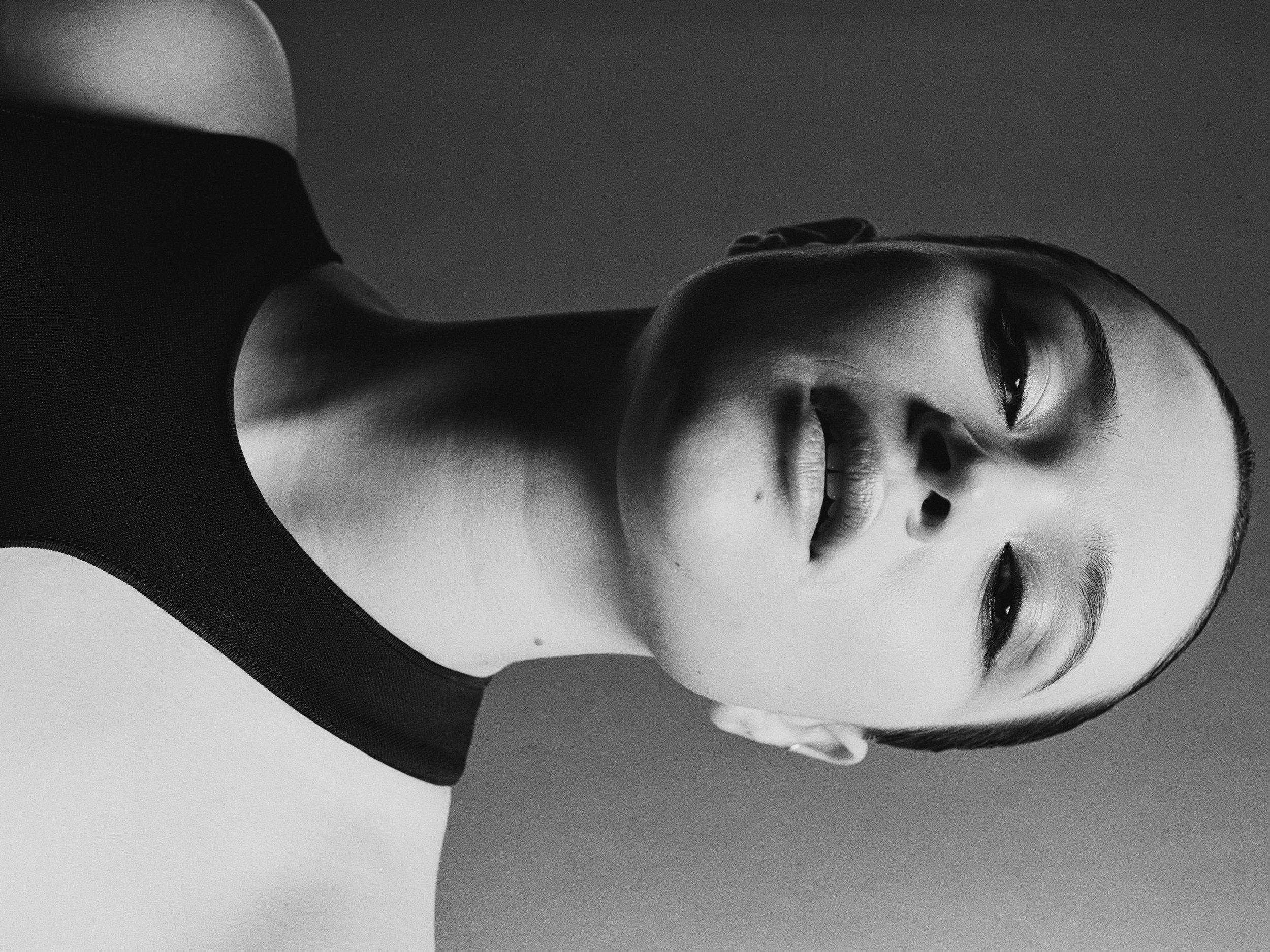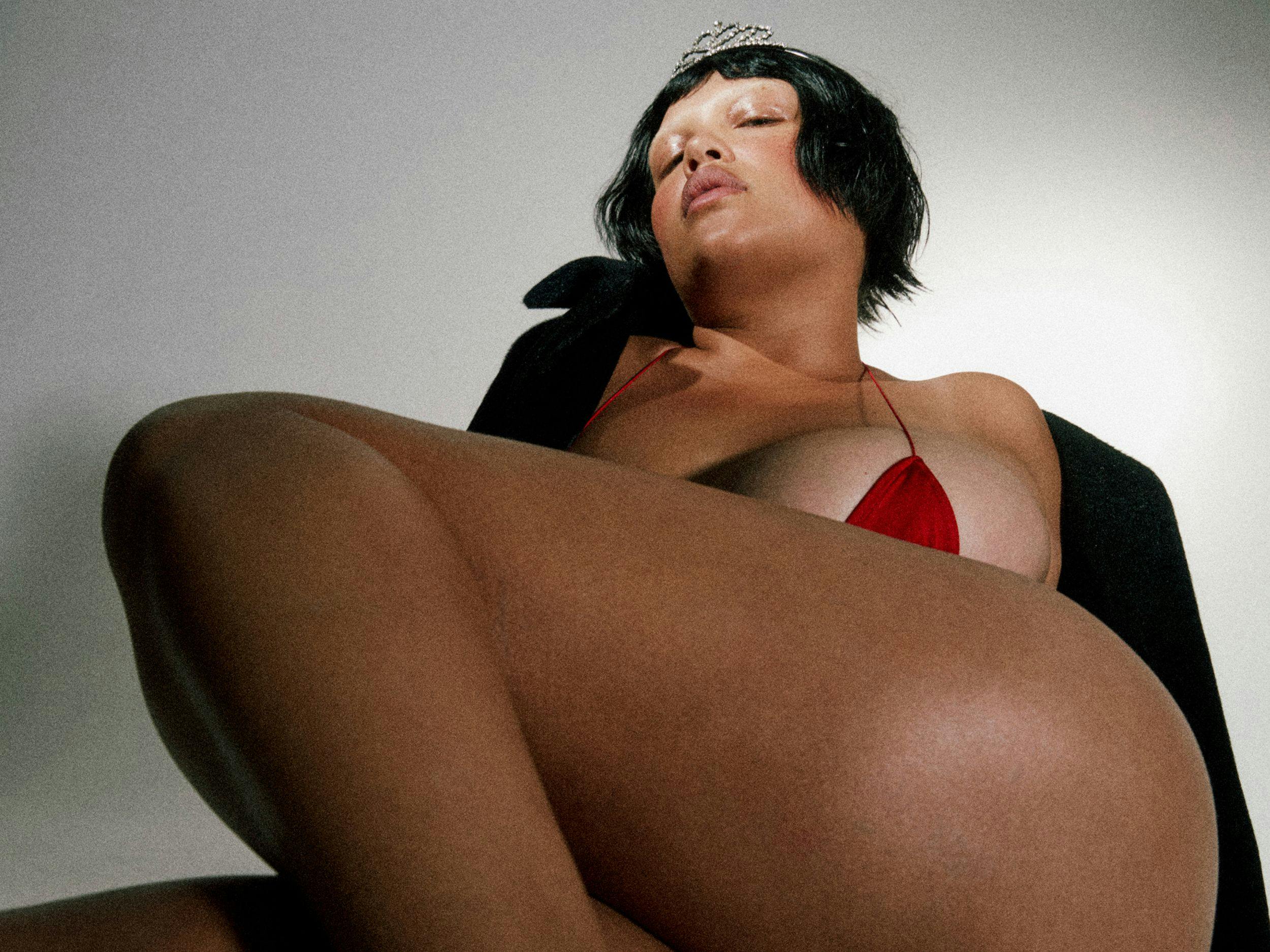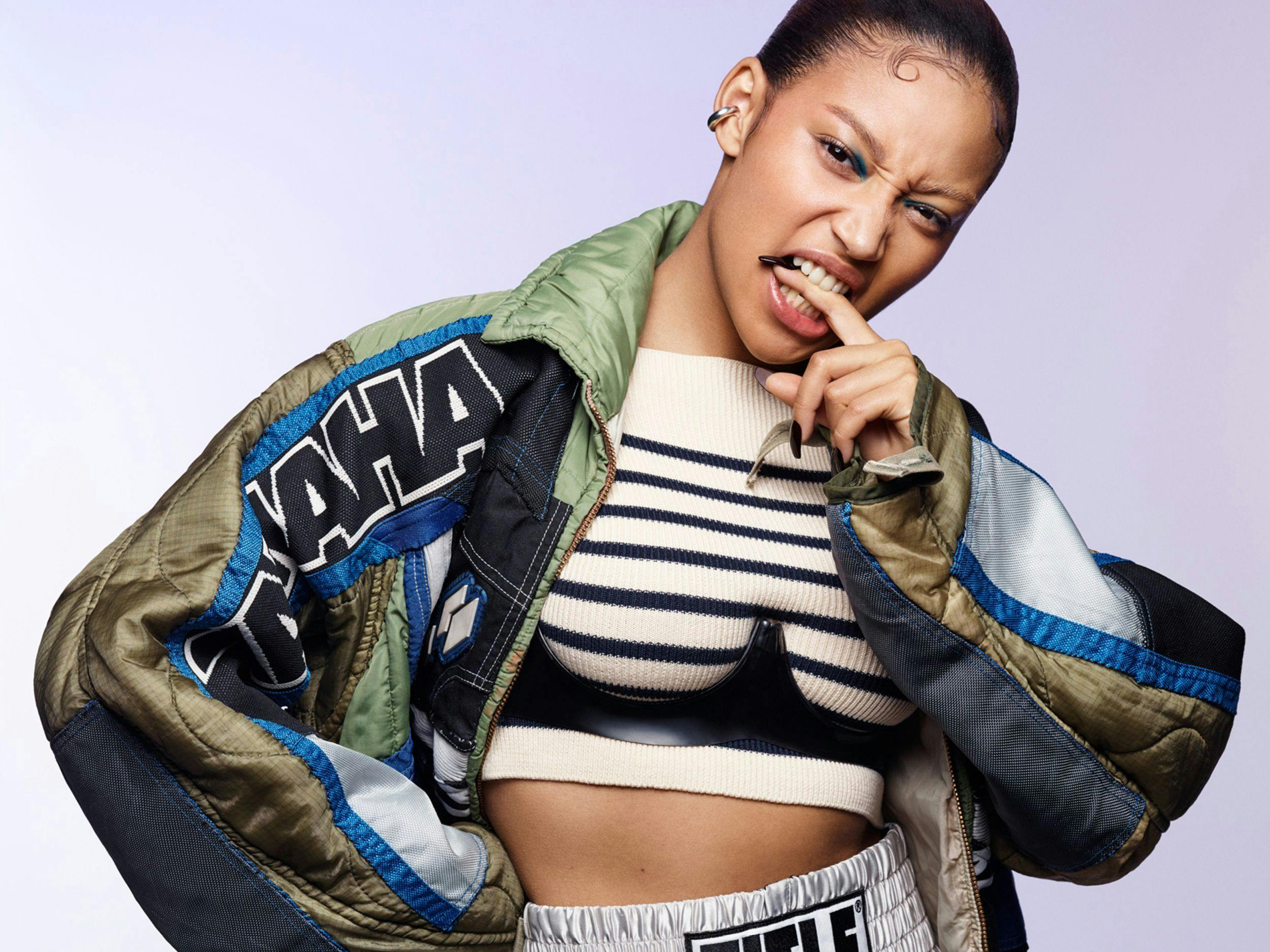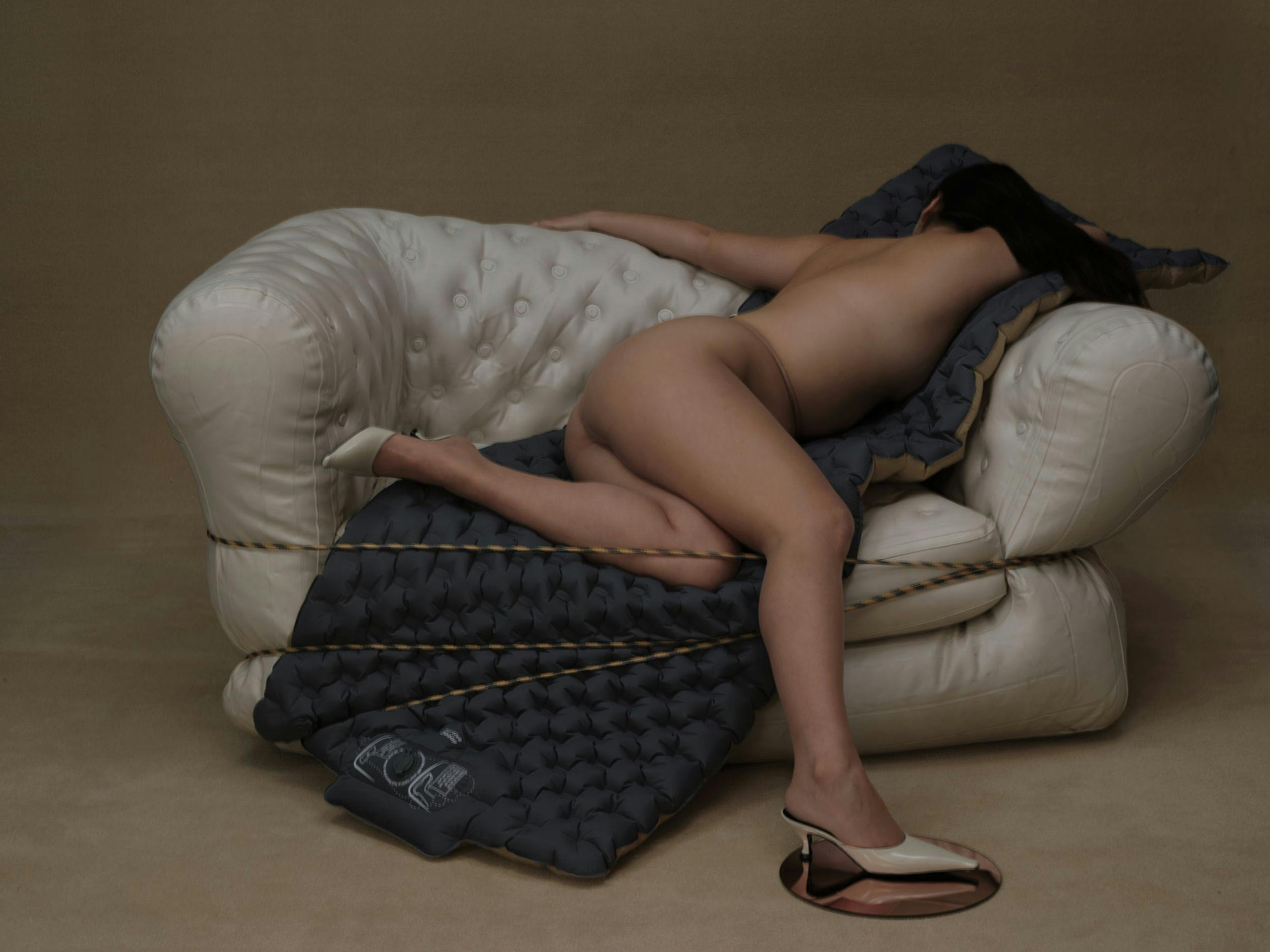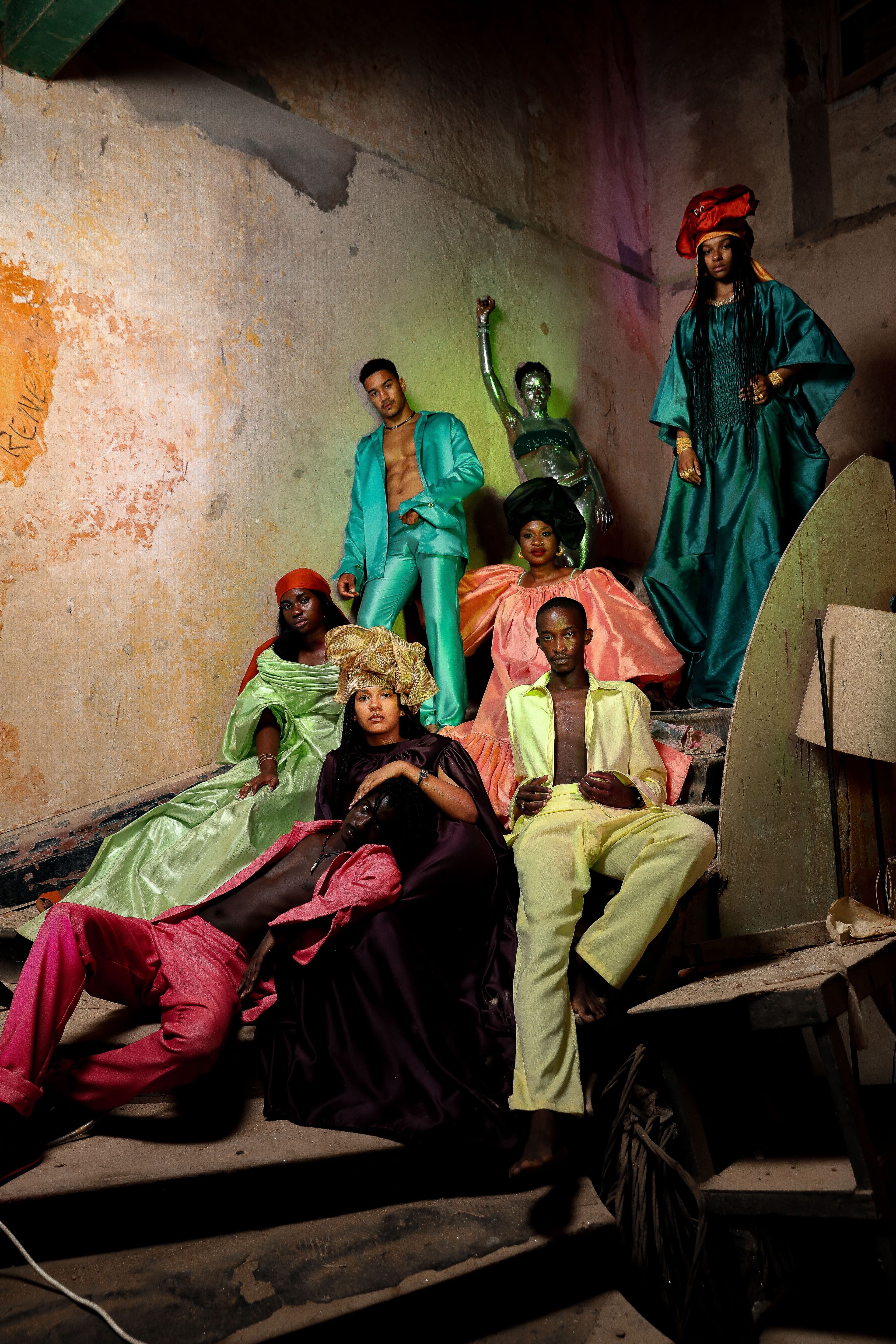
Couture Technique Meets African Craftsmanship at Maison Kébé
For many designers, the hope is to create a brand with a strong enough identity that it can outlive its founder. That’s model-turned-designer Cheikh Kébé’s ultimate goal with his atelier Maison Kébé, but as part of a group of exciting new designers at the forefront of a burgeoning African cultural moment, his effect on fashion could prove to be much greater than even that.
Born and raised in Senegal, but having lived much of his adult life in Paris as a model working for brands like Valentino, Saint Laurent, and Lanvin, Kébé brings a unique cultural identity to fashion. His father, a master tailor, met his mother in the French capital, but they divorced when he was a child, leaving him surrounded by the strong female presence of his mother and three sisters. That influence guided him towards womenswear when he decided to pivot his studies from architecture to fashion design, but it came with its own hurdles. “Being an artist or creative is kind of seen as, ’You have no options if you do that.’ That’s how they see things here,“ he says of older generations in Senegal. “It’s a lot of worries because of what they went through, but the world changed and they don’t see it how we see it. We are more open-minded, we can try more. Things are easier now, we can express ourselves easier.“
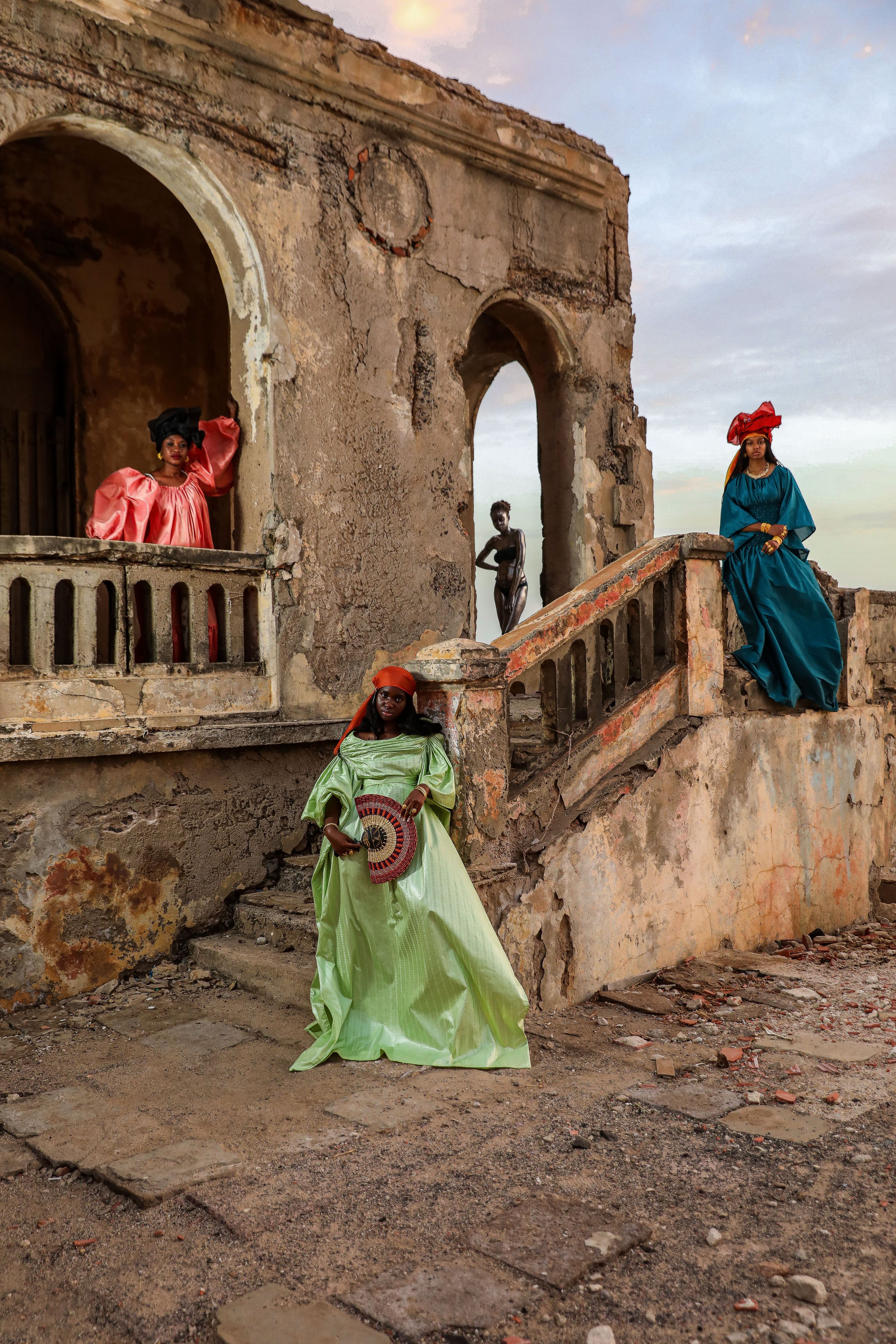
That’s what drove Kébé to form Maison Kébé, which he first conceived of in 2017 but did not fully establish until last year. “I was kind of young, I was so excited about creating a brand in Paris. Then I had the modeling career. It helped me to learn more about the industry and to take my time to understand how things work and what I really want in myself, my signature,“ he says, referencing designers like Simon Porte Jacquemus who bring their hometown sensibility to high fashion. Now based in Dakar, where Kébé can work with local artisans, the brand seeks to merge the influences of both Africa and the West, combining the designer’s worldly experiences and “insider“ privilege in fashion with his traditional cultural roots. “I really like to balance the Western mind and way of thinking and creating,“ he elaborates, “and bringing those little details about the fabric from here.“
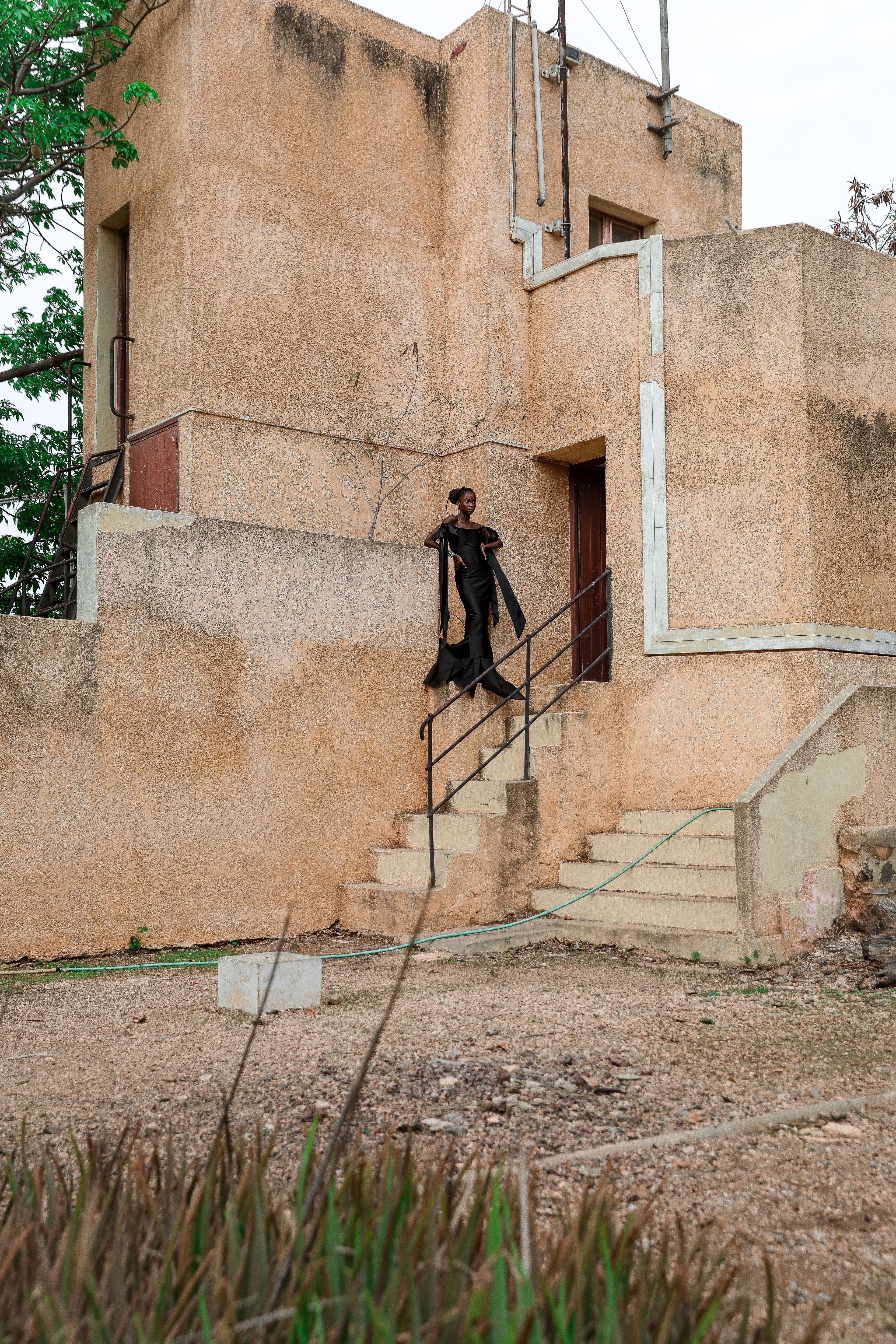
Kébé takes cues from the volume, fabrics, and colors of traditional Senagalese clothing, evident in his Summer 2021 collection, which uses the historically colonized island of Gorée, where this story was shot, as a reference point for the multiculturalism and harmony that exists in his home country today. An anise green dress, a teal boubou in Indian silk, and satin overshirts in turquoise and lavender evoke the island’s buildings, painted in rich hues over the course of various colonial periods. The atelier is influenced by the grandiosity of couture—the fashion heyday of Cristóbal Balenciaga and Christian Dior—as well as Renaissance paintings depicting the extravagance of garment design, and many pieces are only available for purchase by messaging the brand directly. “It’s always big dresses, things that are evening wear, that you’re wearing for a special event, and that need a lot of handcraftsmanship and artisanal work,“ he explains. “I was like, ’That’s what we still do in Africa, why isn’t Africa in the front seat too?’ That’s the moment I was like, ’Ok, you see that you are not really in the first line. Since you are already in [fashion], you know how to make it, you have contacts, and you’re an insider, why not just make it?’“
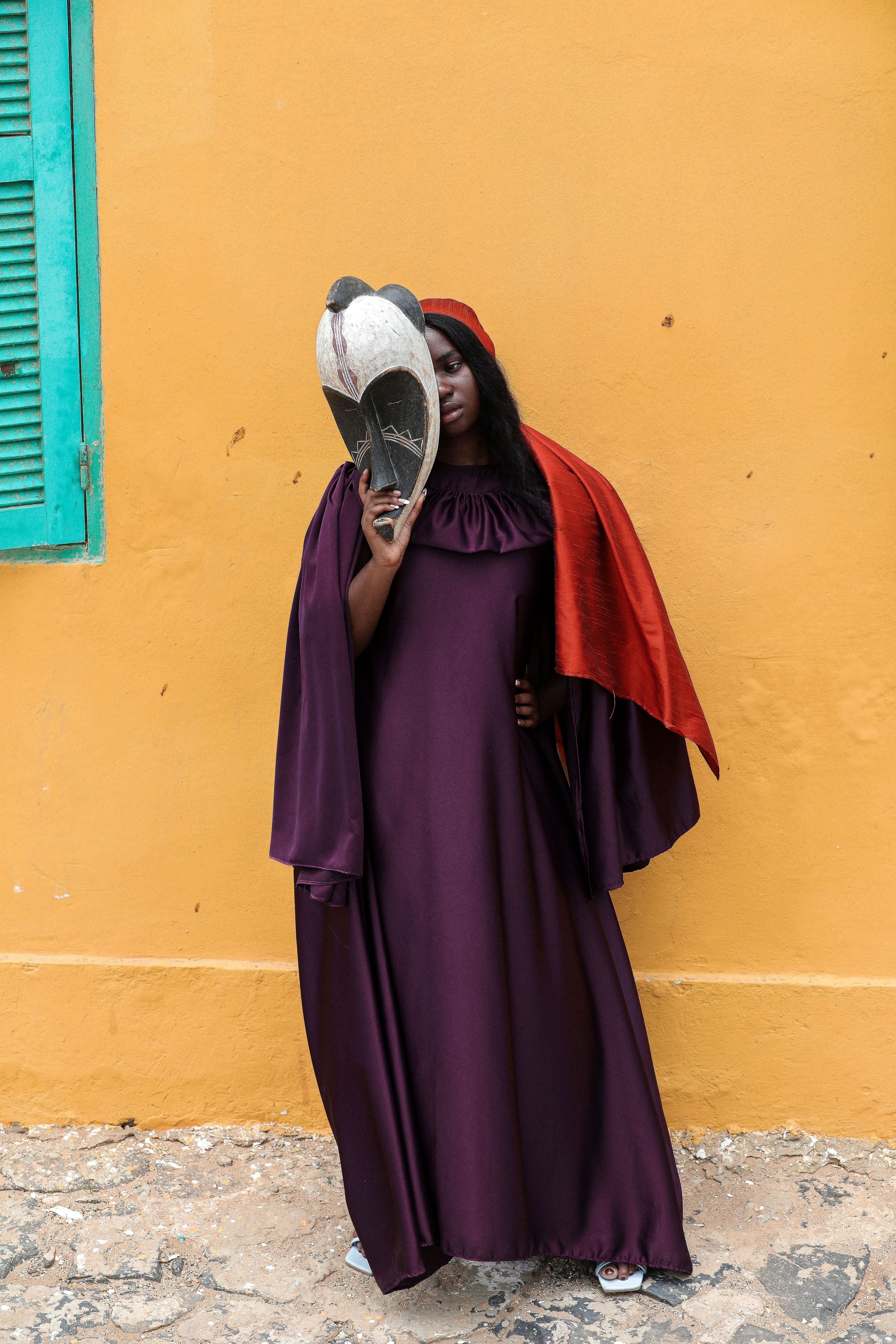
Fashion has always tried to tap into culture from around the world, but rarely has it come directly from the source; Kébé is part of a generation that is changing that. “Seeing all those emerging African brands like Kenneth Ize, Thebe Magugu, it helps a lot of people, mostly Black-Afro people who are living in Western countries and don’t know about Africa, to be more interested in their culture,“ he says. “That helps Africans then to express themselves, to be open to the world. Because they have been so much of an outsider, it’s been so hard for us to speak or participate a little bit in history. Africa is so rich in knowledge and culture.“ With Maison Kébé, he’s playing an important role in shifting that conversation. Every designer wants to create a lasting brand, but few get the opportunity to play such an important role in the changing fashion landscape and open doors for a generation of African creatives.
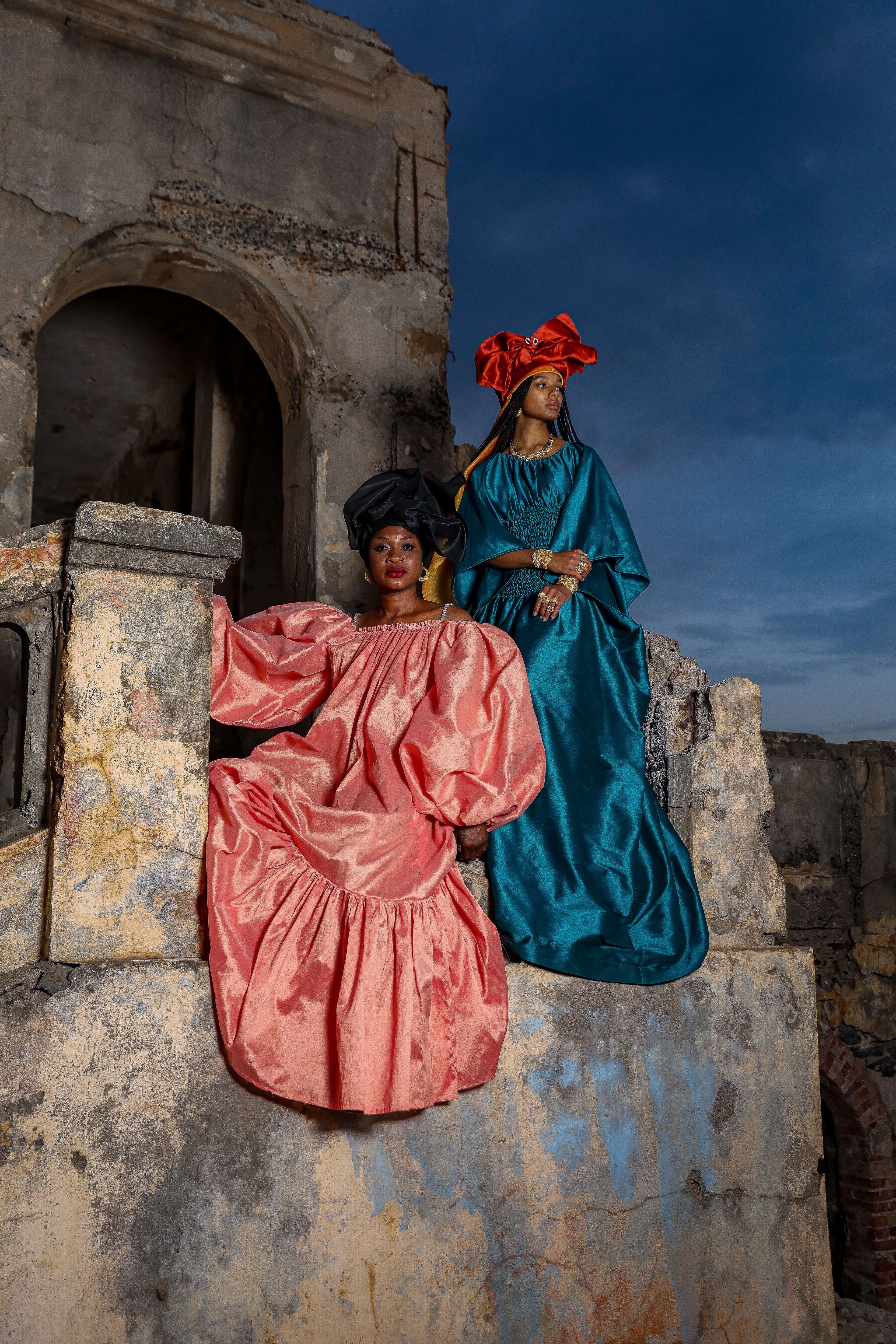
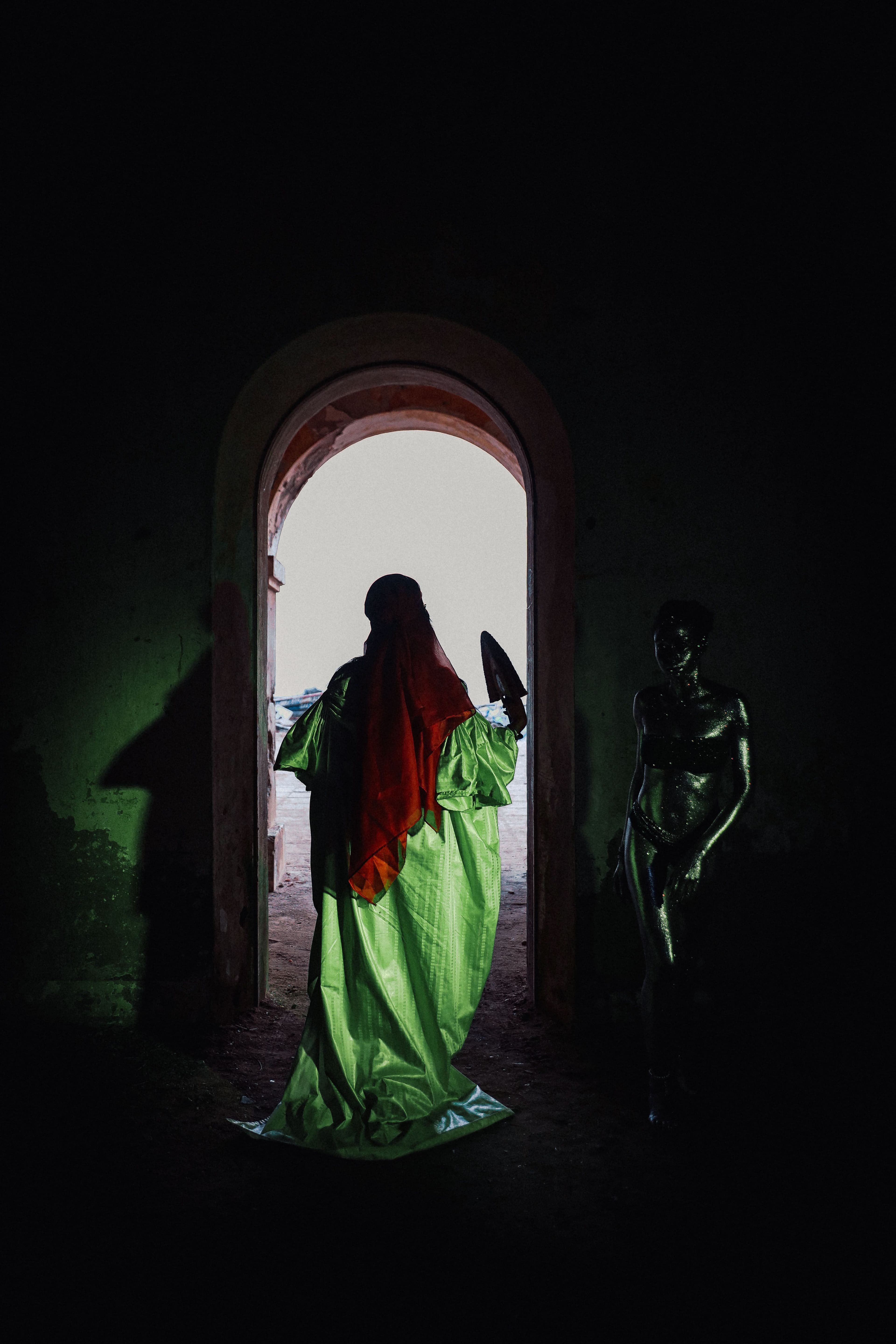
As a nonprofit arts and culture publication dedicated to educating, inspiring, and uplifting creatives, Cero Magazine depends on your donations to create stories like these. Please support our work here.
